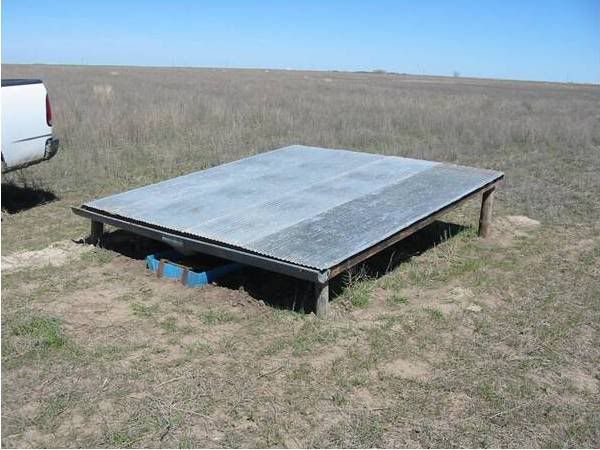Don't see much discussion of "cotton-tops" on here, but here goes anyway.
Where I pheasant hunt I run into a fair number of quail, both bobs and scaleys in about equal number. This weekend I stumbled into a large covey of scaleys, around 20 birds. First interesting item is they acted much more like bobs than scaled quail - held tight, flushed tight, and chasing down singles was much like hunting bobs as well, with virtually no running at all. I went 4 for 4 on them before leaving them alone.
And that is my main question - is the minimum/safe number of birds in a scaley covey the same as for bobs (roughly 8-10)? They seem a bit more resilient than bobs to me, so I wonder if a smaller covey is still viable for them. Not saying I wanted to annihilate that covey, but just wondering if I could have taken a couple more.
And then the next day (Sunday), I was driving past an old deciduous shelter-belt (locust I think) and saw a good-sized covey roosting in one of the trees. I assumed they were bobs, but did a double-take when I realized they were cottontops again! Definitely out of character being where they were. I've seen them "roost" in cholla before, but not in trees! Forgot my camera on this trip or I'd taken a pic.
So - any blue/scaled/cotton-top love or species-specific knowledge out there? Back 10-20 years I used to hunt them as primary quarry, but they were so hard to locate and/or run down I gave it up - went through too much boot leather that way! Seems I see more of them "by accident" pheasant hunting than I ever did going after them on purpose.
Where I pheasant hunt I run into a fair number of quail, both bobs and scaleys in about equal number. This weekend I stumbled into a large covey of scaleys, around 20 birds. First interesting item is they acted much more like bobs than scaled quail - held tight, flushed tight, and chasing down singles was much like hunting bobs as well, with virtually no running at all. I went 4 for 4 on them before leaving them alone.
And that is my main question - is the minimum/safe number of birds in a scaley covey the same as for bobs (roughly 8-10)? They seem a bit more resilient than bobs to me, so I wonder if a smaller covey is still viable for them. Not saying I wanted to annihilate that covey, but just wondering if I could have taken a couple more.
And then the next day (Sunday), I was driving past an old deciduous shelter-belt (locust I think) and saw a good-sized covey roosting in one of the trees. I assumed they were bobs, but did a double-take when I realized they were cottontops again! Definitely out of character being where they were. I've seen them "roost" in cholla before, but not in trees! Forgot my camera on this trip or I'd taken a pic.
So - any blue/scaled/cotton-top love or species-specific knowledge out there? Back 10-20 years I used to hunt them as primary quarry, but they were so hard to locate and/or run down I gave it up - went through too much boot leather that way! Seems I see more of them "by accident" pheasant hunting than I ever did going after them on purpose.



